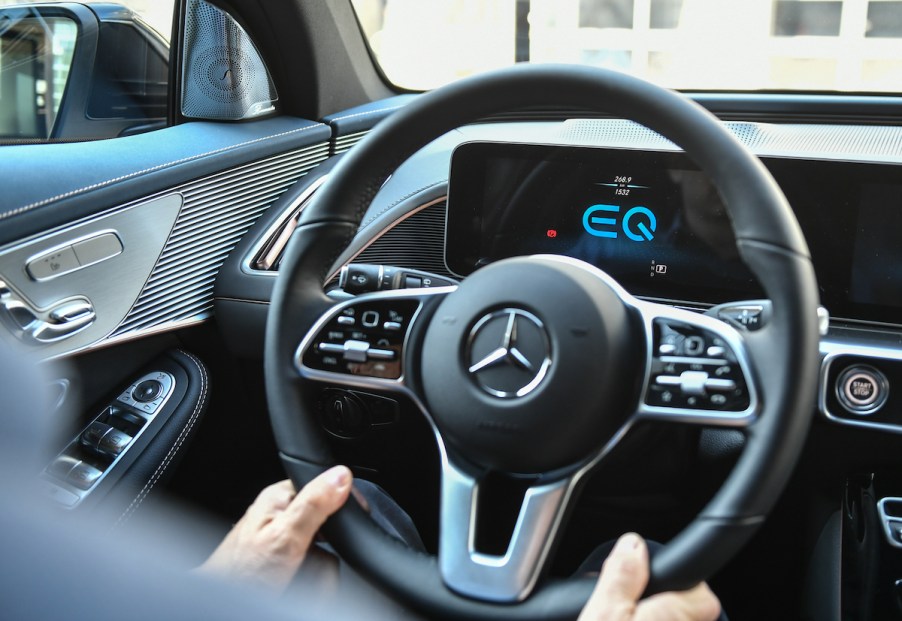
Can Electric Cars Be Hot-Wired?
An EV differs from an internal combustion engine (ICE) car in many ways, not just because of the fuel source. EVs have fewer mechanical components, requiring less maintenance than gas-powered cars. EVs are also usually more expensive to purchase than an average ICE car, though some cheaper all-electric options are on the way. Still, ICE cars and electric vehicles share some similarities. Both can have the same kind of steering system, suspension setups, and tires. So, because both have steering columns, can electric cars be hot-wired?
How would you hot-wire an ICE car?
When breaking into your vehicle, a thief might attempt to hot-wire the car to steal it as quickly as possible. Fortunately, wikiHow says many modern vehicles have updated locking mechanisms to prevent car theft. However, it’s still possible to hot-wire a vehicle manufactured before the 2000 model year.
Most thieves can hot-wire a car through the steering column by opening it and locating the wiring harness connector. They have to strip the battery wires partially and twist them together carefully. After turning on the ignition, they need to strip the starter wire and spark it against the battery cables.
Someone can also hot-wire a car by activating the vehicle’s starter solenoid with battery power using jumper cables. A thief might also take off the ignition switch’s cover so that they’ll need only a screwdriver instead of a key to start the vehicle. However, Utility Smarts says any car with a push-button start mechanism makes that process impossible.
Can you hot-wire an electric car?

Jerry Insurance explains you cannot hot-wire an electric car because it lacks a key-activated ignition system and an internal combustion engine. The EV’s computer handles the starting process, so the steering column has no wires. The only way one could easily steal an EV is if they had the key fob.
As users on My i-MiEV point out, there’s only one exception to this rule. An electric car can be hot-wired if it still has a regular ignition switch. However, such a feature can be found only in a handful of older EVs, none of which are likely valuable or desirable to car thieves.
A Quora discussion also reminds us that many EVs have smartphone pairing technology. In addition to using your phone to unlock the car, you can track your vehicle’s location using GPS. That’s true even if the car is in valet mode, which typically disables most (if not all) of an EV’s alarm features.
Skilled car thieves can still steal EVs
The only way an electric car can be hot-wired in a remotely traditional sense is if the thief could open the control panel. That’s one of the reasons why most thieves leave these cars alone. It’s complicated (and dangerous) enough dealing with colored wires specific to different vehicles, let alone an unfamiliar EV control panel.
However, Interview Area reports that some car thieves have devised other solutions to commit their crimes. Using a specialized radio tool, hackers replicated the Bluetooth signals from the phones of Tesla owners in Britain. That allowed the thieves to unlock the cars from over 80 feet away.
Fortunately, incidents like those tend to be isolated and of no major concern to drivers. Thanks to immobilizers and even advanced facial recognition technology in some models, stealing an EV is a difficult task. Just remember to keep track of your phone and key fobs.


